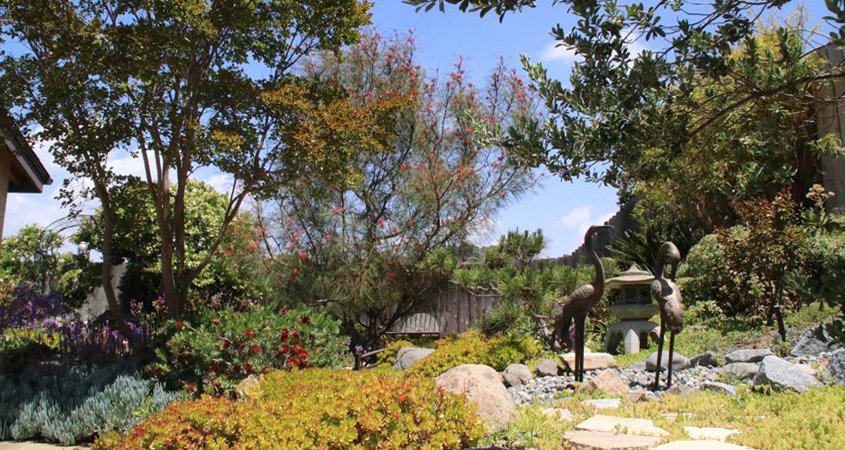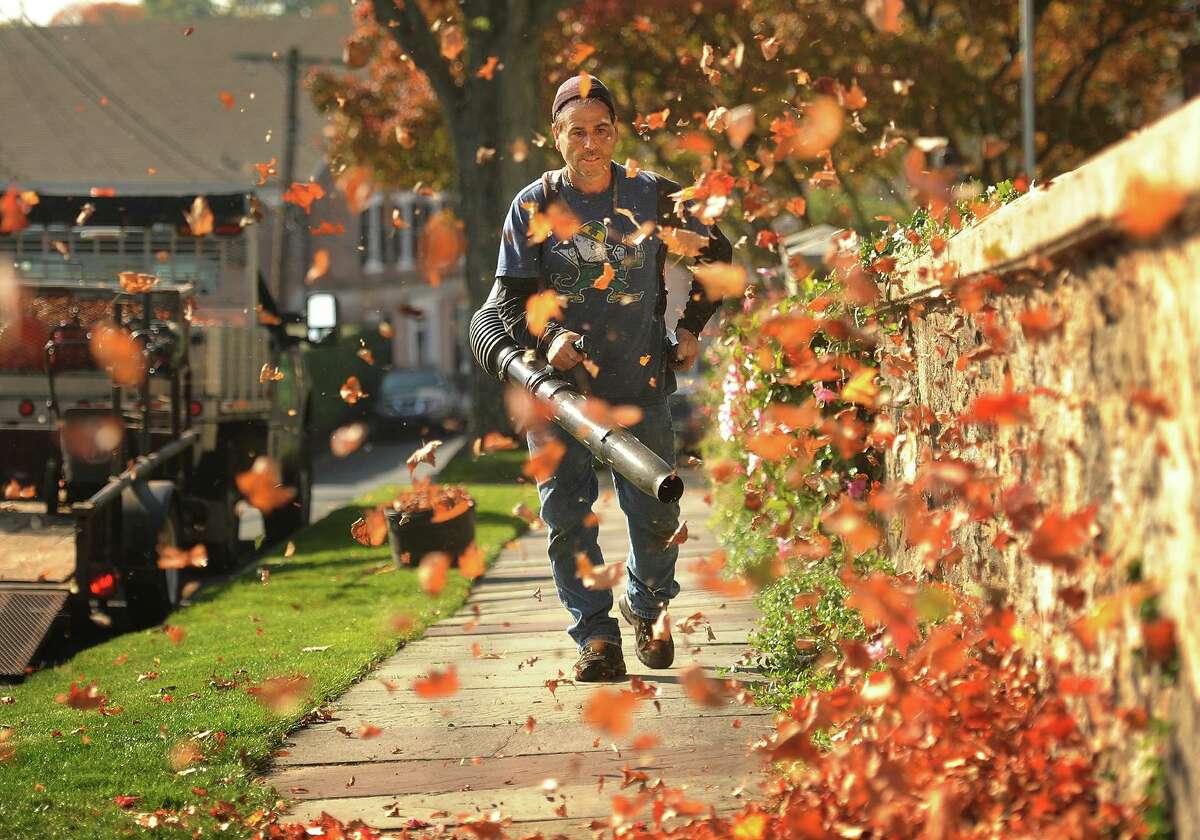The Importance of Planning in Landscaping DesignLandscaping design is a crucial aspect of creating a visually appealing and functional outdoor space. It involves careful planning and consideration of various elements to achieve the desired results. Planning plays a vital role in shaping the overall outcome of a landscaping project.
One of the main reasons why planning is important in landscaping design is that it helps create a cohesive and harmonious outdoor space. By carefully considering the layout, color schemes, and the placement of various elements such as plants, pathways, and focal points, a well-designed landscape can create a sense of balance and unity. Without proper planning, the various elements may clash or appear disjointed, resulting in an unpleasing and chaotic environment.
Furthermore, planning allows for efficient use of space and resources. By identifying the purpose of the outdoor space and understanding the needs of the homeowners, a landscape designer can create functional areas that serve their intended purpose. For example, proper planning can ensure that there is enough space for outdoor seating, play areas, or gardening beds. Moreover, it allows for considerations such as water conservation by incorporating efficient irrigation systems or utilizing native plants that require less maintenance.
Lastly, planning ensures that the landscaping design aligns with the overall aesthetics and style of the property. A well-planned landscape should complement the architectural features of the house and the surrounding environment. Whether it’s a modern, minimalist design or a lush, tropical style, planning enables the designer to select the appropriate plants, materials, and design elements that will enhance the overall appeal of the property.
In conclusion, the importance of planning in landscaping design cannot be overstated. With careful consideration of various aspects such as layout, functionality, and aesthetic appeal, planning ensures that the final result is a well-designed and visually pleasing outdoor space. Whether it’s a small backyard or a large garden, a thoughtfully planned landscape can enhance the beauty and functionality of any property.
Contact RCH Landscaping Today for a Free Estimate




